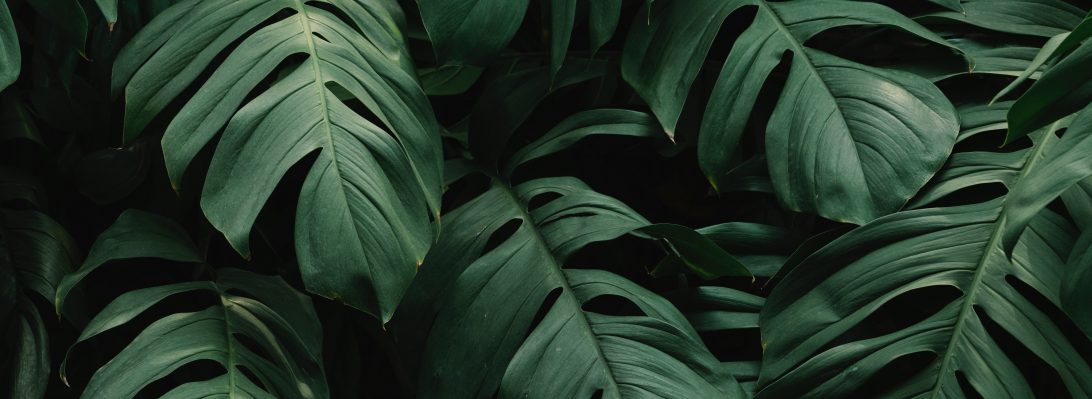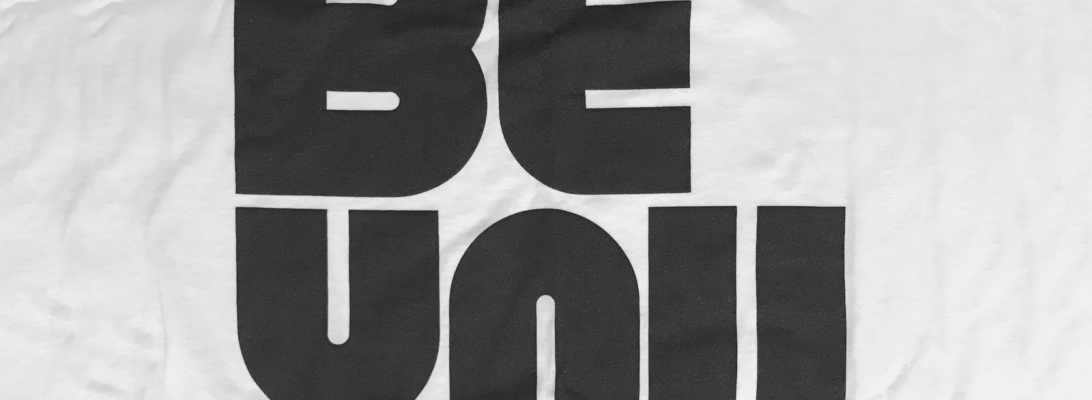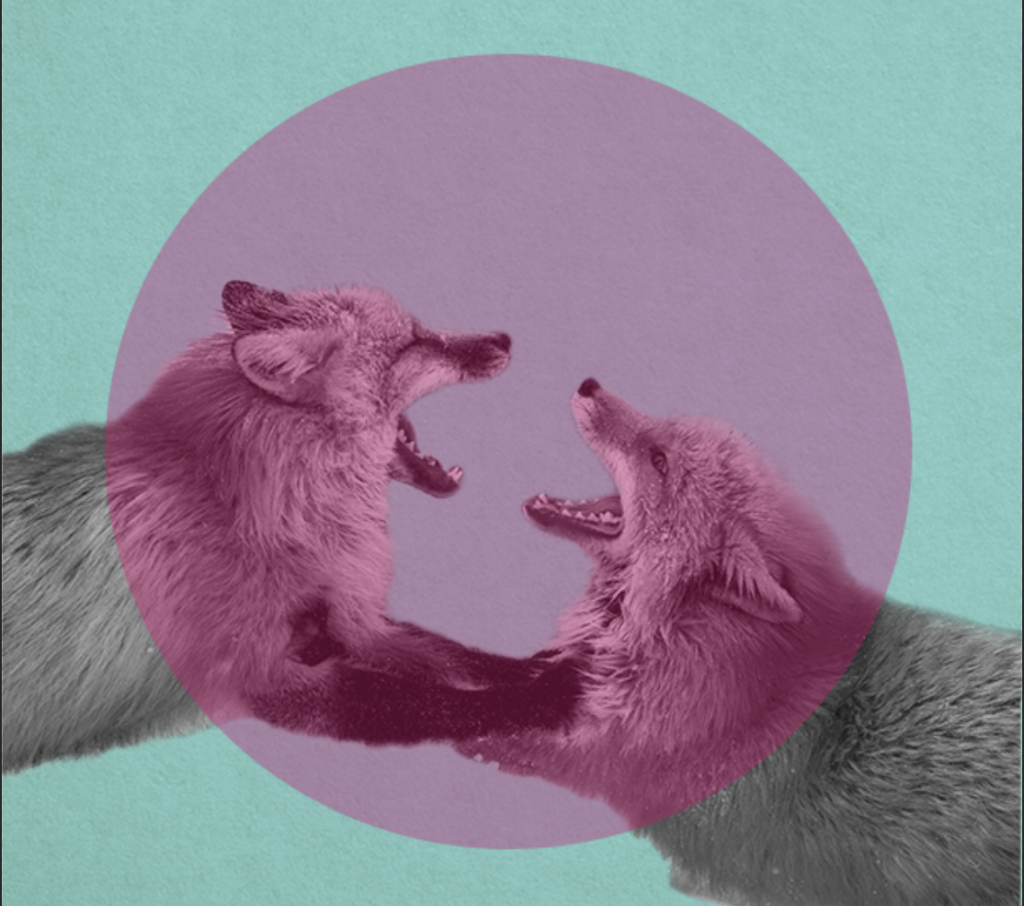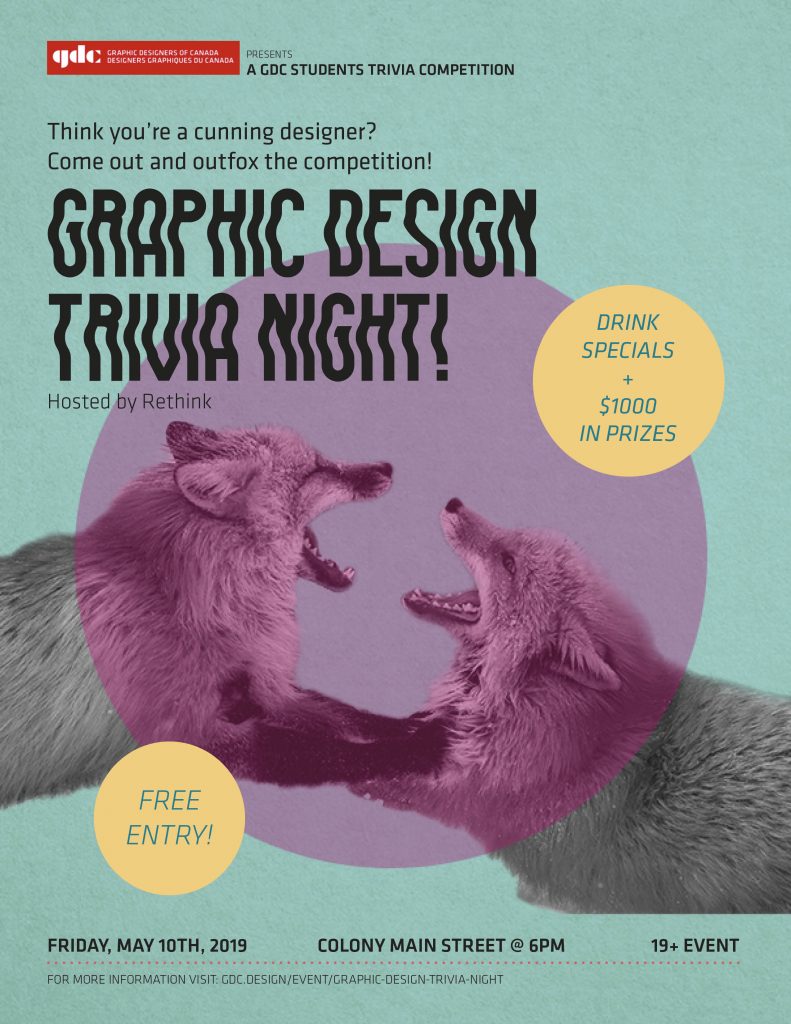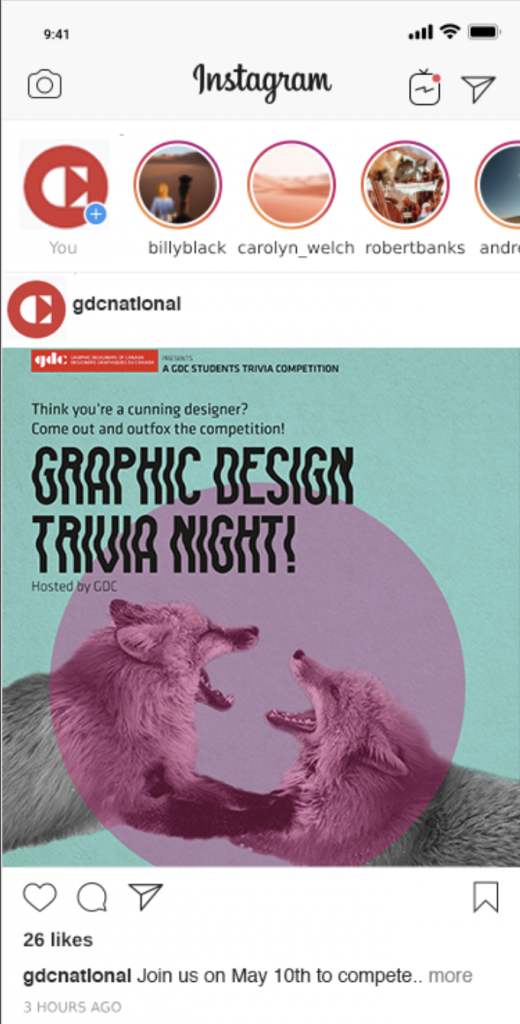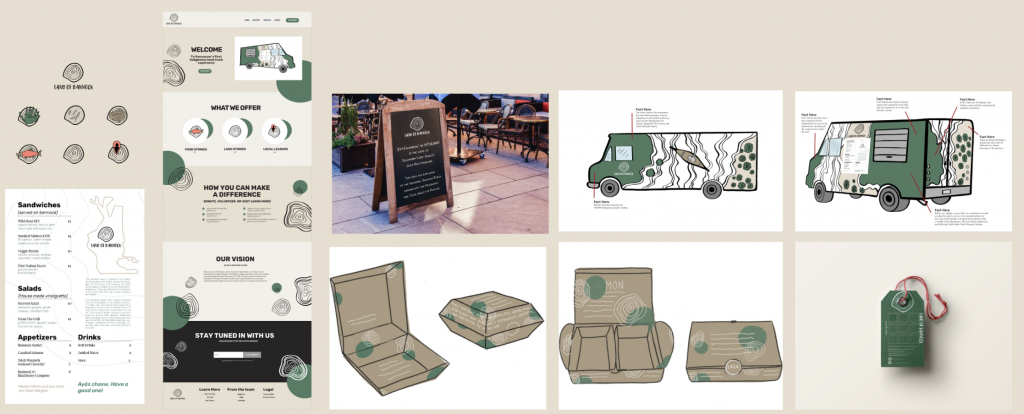Coming to this point in the program, it’s easy to understand why personal branding is critical for the creative field. We’re constantly exposed to a variety of influential material that it really helps to create specific mood boards about where we’d like to go in terms of direction.
Working on our personal mood boards this past week was a pretty exciting task, one that I looked forward to. One thing I found interesting when putting the mood boards together is how tricky it can be to really encapsulate your personality with a handful of photos. I found myself choosing an overwhelming amount of photographs and then having to eliminate one after another in order to create a balanced page.
My favorite mood board to work on was the typography one because I really enjoy studying different forms of type. I’ve always been drawn to big, bold type and so I had no trouble finding typography that speaks to me and finds typographic references. It was surprisingly therapeutic to look for.

So in conclusion, personal branding is tough to start putting together but super satisfying to work on. Now I’m excited for the next stage: logos!
